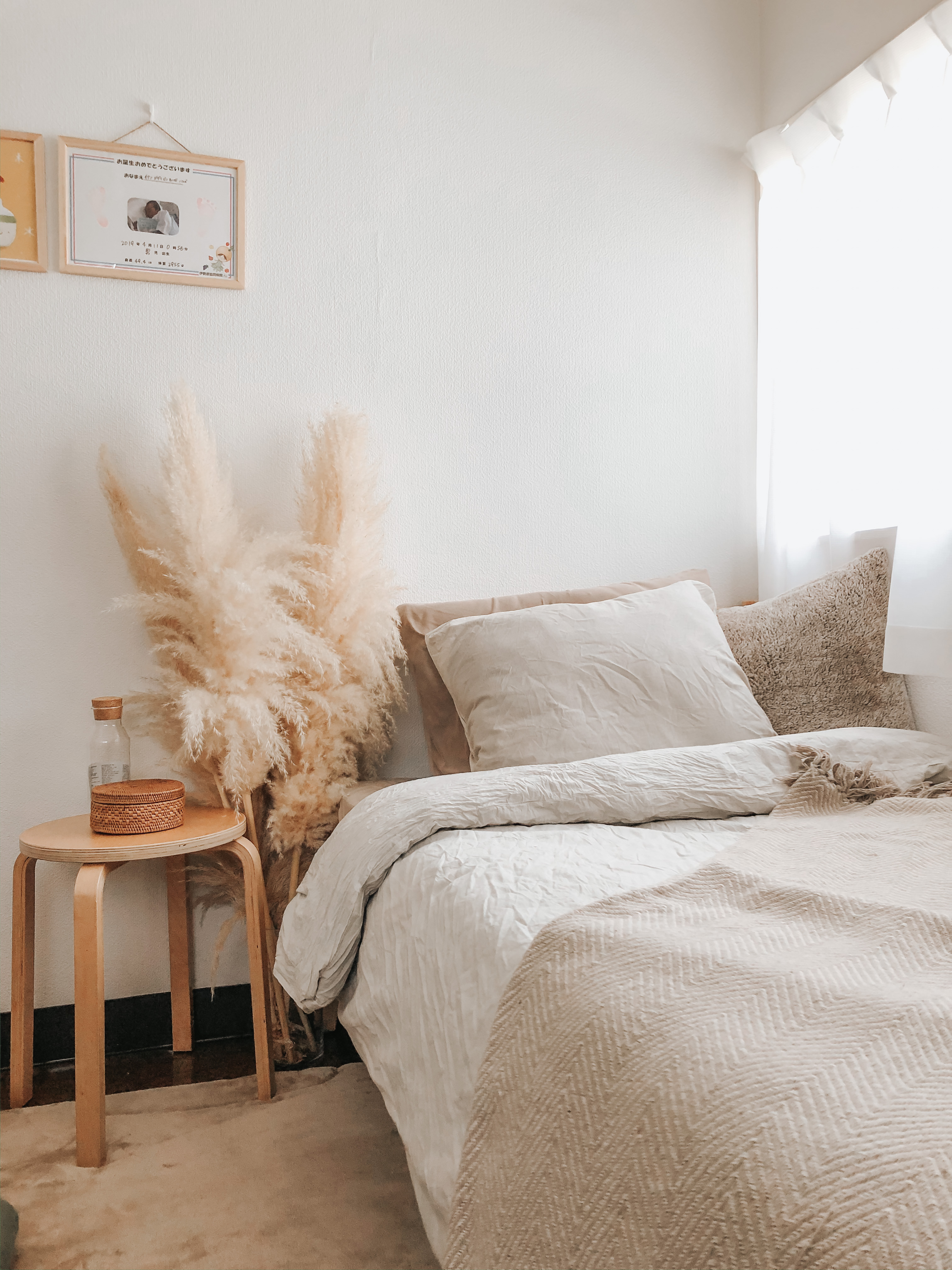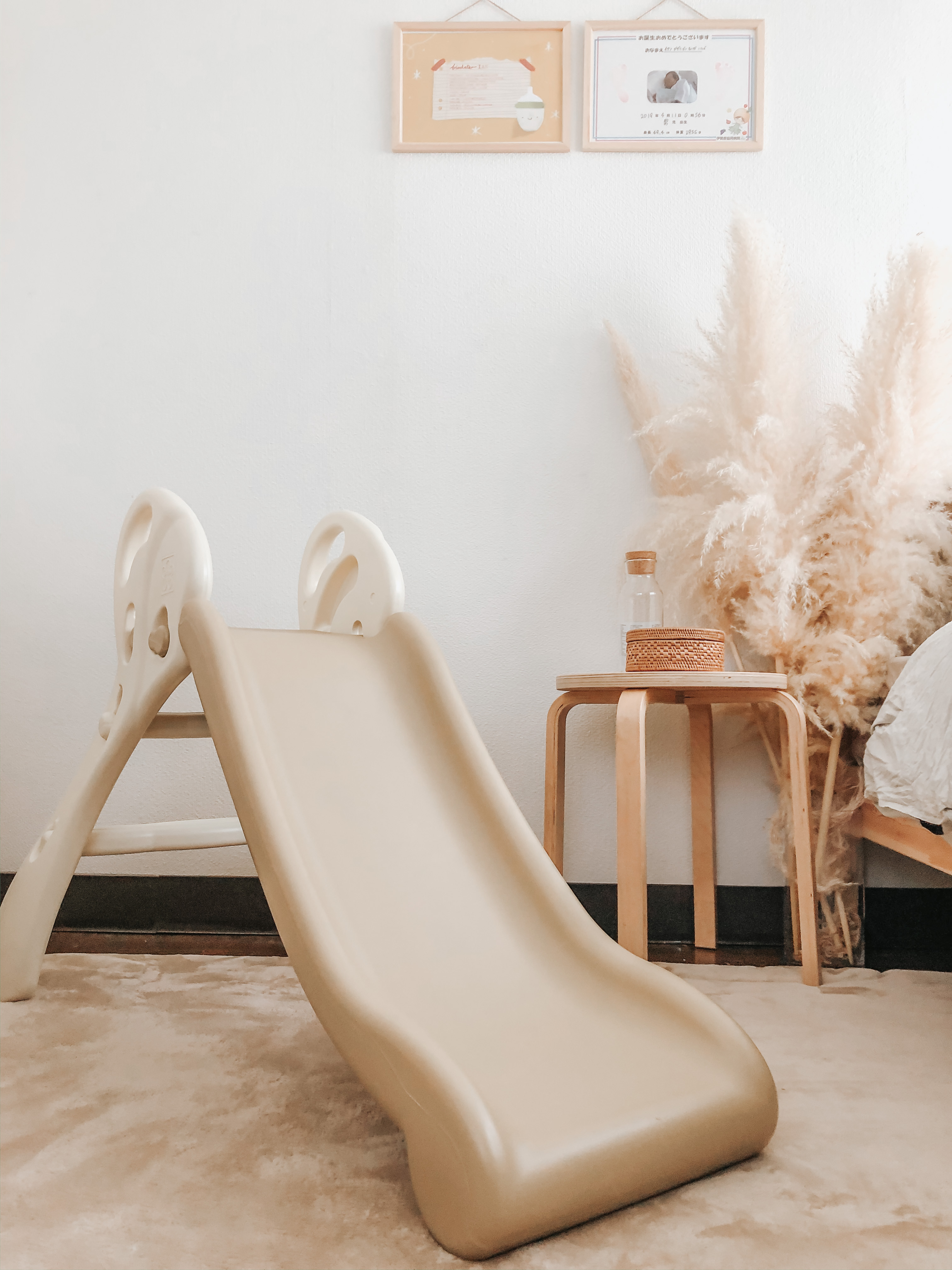Living In A Small Japanese Home As A Family Of Three
Is It True That ‘Less Is More’?
The existence of miniscule accommodation in Japan is no new news. While it suits singles’ lifestyle any day, that of a small family might be a different story.
Home, we all probably have heard that word too much too often these days as “stayhome” has been a daily chant all around the world every single day, as a result of the Covid-19 pandemic. Since many people find themselves staying home more in recent periods, it is probably a good time to be talking about the housing realm in Japan, which is phenomenally exceptional in its own way.
Matcha, sakura, bullet train, sushi, kimono, Mount Fuji—apart from these pronounced representations of Japan as a whole—the small-sized house is another perspicuous depiction of the country. As much as it is peculiar amongst non-Japanese, this local’s social norm of living in a limited footprint abode is probably not as bad as it sounds.
Housing in Japan is typically available in three types—マンション (manshon, “condominium”), アパート(apāto, “apartment”) and 戸建て (kodate, “detached house”)—the latter are known to be the most common house type of a family home but the formers are no less of an ideal dwelling for a family of up to four. Several factors have contributed to the downsized living in Japan, especially in the capital’s neighborhood. The main one being land scarcity due to the fact that 73% of the land available is considered mountainous, and a large percentage of the flat land is used for farming and agriculture purposes. For these reasons, ergo high property prices and as a result, small dwellings are often the answer to residents’ choices.
Marie-Kondo-ing can never be easier
Whether they are scattering those shipshape magazines on the side table or scrunching soil off the lush rubber plant in the living area, little kids can be quite a handful as they explore their world one mess at a time. While there is certainly lots of clean up involved in a world of new parenthood, living in a smaller house will undeniably lessen the burden of cleaning and organizing by the reduced square meters.
You are your own interior designer
If there is one thing my years in interior design have taught me, it would be that a beautifully-designed house is a series of ideas implemented inside a dedicated space, with a perfectly harmonized assemblage of furniture and knick-knacks driven by a favored theme.
As much as Rome was not built in one day, an ingenious crib is equivalently not assembled with only one fancy item but everything in the house has to be in sync. Pint-sized dwelling just makes things easier when you need lesser furniture to fill in. That magazine-worthy house you wish to have can possibly be achieved at the fraction of the cost of a larger home.
Not another hoarders in the neighborhood
“It’s a very strange phenomenon, but when we reduce what we own and essentially ‘detox’ our house, it has a detox effect on our bodies as well.” Most of us might have heard these words from Marie Kondo—the organizational consultant who has made a hit all across the world with her decluttering and organizing tips through her Netflix show Tidying Up With Marie Kondo—and it can never be truer.
Having a limited space will force you to choose wisely what deserves a spot in it, and to say the least, it is definitely a good practice to avoid the temptation of becoming an entrenched hoarder. The habit of skipping on unnecessary items and focusing on what is essential will not only free your home and mind but also benefit your wallet in the long run.
An instant environmentalist
When it comes to cooling and heating of a building, less square meters simply means that there is less area covered for those purposes. In tiny dwellings, these processes can be completed in a shorter time due to one obvious reason, the utilized area is generally smaller than that of a bigger home other than the fact that the residents are most likely to stay close to each other if not in the same space.
What is great about that is even though you are not as environmental-activist as Greta Thunberg, the petite home you reside in—no matter how much or little awareness you have towards the environmen—will surely help to make a difference.
Can I have more storage space, please?
When you are officially a parent and start buying baby’s stuff more than your own needs (yes that includes when you choose to purchase kids slide over worn-out underwear oops) things will start to get tricky because you know, baby goods have no limit.
Play gym, bouncer, kids 滑り (suberidai, “slide”) just to name a few. That being said, those chunky toys that are wildly hanging around in spaces might be better off packed somewhere hidden when not in use. “Pick furniture that has storage space built right in or have wall to work overtime with hooks and wall-mounted racks” suggest interior experts, but when it comes to these behemoth items you don’t need a rocket-science brainer to realize that wall-mounted racks will never work in this case.
Hosting a guest is no jest
For some, inviting people over is a pure pleasure. Chit-chatting with friends while having a good home-cooked meal and letting the kids play together, are once-in-a-while must-have to feed the social interaction desire. However, living in a small house may limit the chance.
Truth be told, sometimes you will never realize how cramped your space is until you have guests. I have always overestimated my home to host corralled guests and when they are here, bumping into someone else’s butts (yes it happens) has got me into my senses. That tiny dining table of ours that can only fit up to 5 plate—before one of them starts getting to the edge of the table and eventually falls–can make hosting guests feel like a leap in the dark and has got me thinking that it is probably best to capitulate and reconsider before inviting people over. Despite this fact, it is certainly a never-say-never situation. Limit the number of guests, plan for a light meal, assign specific areas for kids to play are some of the things you can practice for better gathering experience.
Less is more when you don’t think less is less.


























Leave a Reply